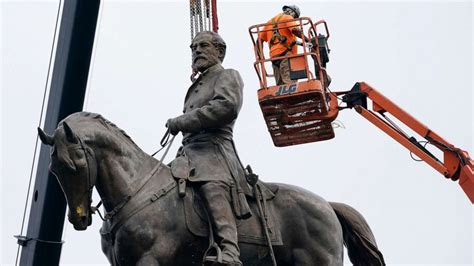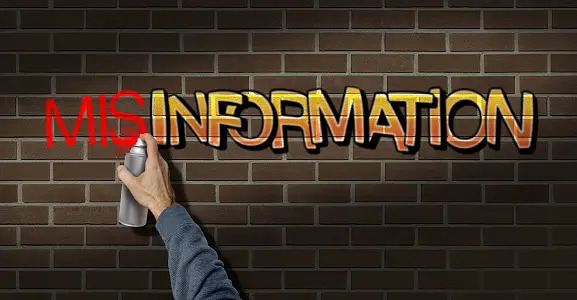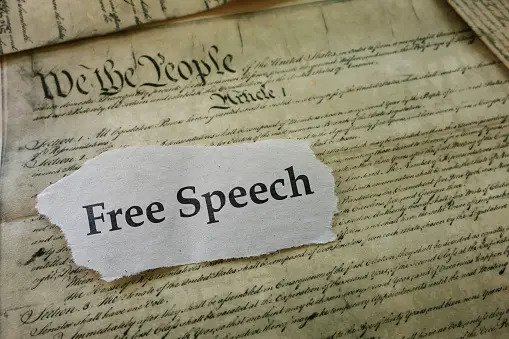Preserving History: How Monuments Shape Our Understanding of the Past
As an African American Libertarian, my perspective on the preservation of monuments differs from the commonly accepted viewpoints within the black community. I believe it is important for all voices, including those diverging from the mainstream narrative, to be heard and considered. I recognize that black people are not a monolithic group, and we should not be confined to a single way of thinking. While acknowledging the country’s long road towards true freedom and equality, I disagree with the notion that destroying statues and monuments representing racism and bigotry in our history is the most effective way to address these issues. From Pedestals to Pavement: The Contemporary Wave of Dismantling Monuments In recent years, there has been a surge in the tearing down of statues and monuments across the United States. This has resulted in the removal or defacement of numerous statues and memorials, especially those associated with figures who have been identified as proponents of racism, slavery, and oppression. While the intentions behind these acts may be well-meaning, it is crucial to critically examine whether this approach serves our country’s best interests in the long run. This wave of monument removals signifies more than just an aesthetic change in our public spaces. It reflects a profound shift in societal attitudes towards historical figures and the narratives we choose to honor. Many argue that these actions are a necessary step towards confronting the harsh realities of our past and making amends for historical injustices. However, while the intentions behind these actions are often rooted in a desire for justice and equality, it’s important to scrutinize the implications of this trend. Some critics suggest that removing these monuments might inadvertently lead to a form of historical erasure, whitewashing the complexities of our past. They argue that these statues, however problematic, serve as tangible reminders of our history, providing opportunities for education and dialogue. Moreover, it’s worth considering what should replace these monuments once they’re gone. Do we leave these spaces empty, or do we erect new symbols that better reflect our society’s evolving values? And who gets to decide what those values are? Ultimately, the current trend of tearing down statues and monuments raises important questions about how we choose to remember our past, who we honor in our public spaces, and how we navigate the fine line between acknowledging historical realities and perpetuating harmful narratives. As we continue to grapple with these issues, it’s crucial that we approach them with thoughtfulness, respect, and a commitment to fostering understanding and reconciliation. A Questionable Trend: Is It Truly Beneficial for Our Nation or Black People The recent removal of the statue of General Robert E. Lee in Charlottesville, Virginia, a symbol of the Confederacy, has sparked widespread debate about the role of such monuments in our society. The bronze equestrian statue, which once stood as a reminder of a painful past, was melted down after a protracted legal battle and is set to be repurposed for a public art installation. While this action may seem like a significant stride towards addressing racism in America, it’s essential to examine its actual impact on the black community. Tearing down a statue, even one that represents a controversial figure, does not directly address the underlying socio-economic challenges faced by many within the black communities. Removing a statue does not create more jobs for black individuals, improve their economic conditions, or reduce the high rates of incarceration among black people. It doesn’t confront systemic issues like racial wealth disparity, educational inequality, or healthcare disparities. These are deep-rooted problems that require comprehensive policy changes and substantial investments rather than symbolic gestures. While the intention behind the removal and repurposing of such monuments is commendable, it’s crucial to ensure that these actions do not overshadow the more pressing issues that need our attention. Addressing the symptoms of a problem without confronting its roots can lead to superficial solutions. In this case, the actual needs of black communities risk being overlooked. Hence, it’s important to question whether this trend is genuinely beneficial for our nation and, specifically, for black people. Uncovering the Past: The Historical Context of Statues and Monuments To truly understand the significance of statues and monuments, we must delve into the historical context in which they were erected. Many statues, including those honoring Confederate leaders, were installed during the Jim Crow era as symbols of white supremacy. They represented a painful and divisive time in our history. However, it is crucial to recognize the intentions and motivations behind their creation. These statues were often erected as a way to perpetuate the values and ideology of the Confederate South. They were meant to reinforce white dominance and maintain racial hierarchies. While this is undeniably abhorrent, it is essential to remember that history cannot be changed. What happened in the past remains a past fact. The statues remain as reminders of a dark chapter in our past, and their existence provides an opportunity to confront and learn from our history. This is not to praise the statues or its original meaning. This is not to admit that there is or ever was any inherent goodness in the meaning behind which these statues were constructed. However, acknowledging the negative aspects associated with the figures these statues represent is necessary. Confederate leaders, for example, fought to preserve the institution of slavery. Rather than erasing these statues, we should see them as reminders of our progress as a society. By remembering and confronting our history, we can better understand the struggles and challenges that have shaped our present. The Danger of Erasing History Throughout history, attempts to erase or deny aspects of the past have often resulted in repeated mistakes. The Holocaust, for example, is a horrifying chapter in human history. In the United States alone, there are at least 16 major Holocaust museums in cities like Richmond, Houston, New York, and Washington. In Europe, notable examples include the Anne Frank House in the Netherlands, the Auschwitz-Birkenau Memorial and Museum
Preserving History: How Monuments Shape Our Understanding of the Past Read More »






